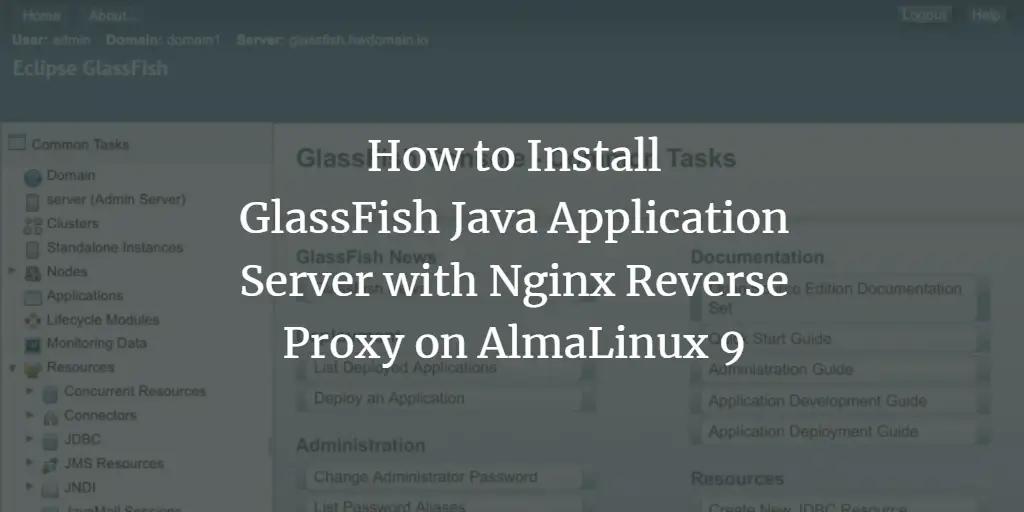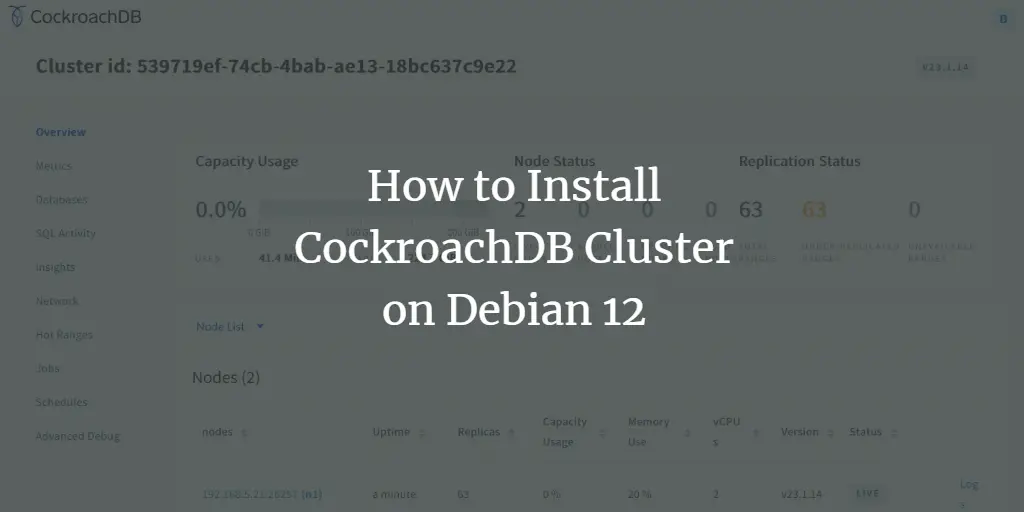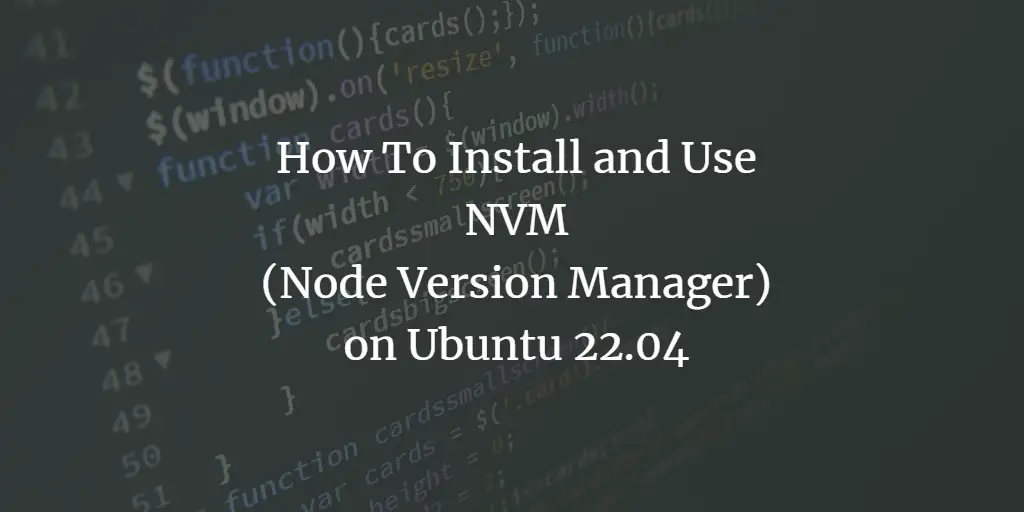HowtoForge provides user-friendly Linux tutorials.
-
How to Install GlassFish Java Application Server with Nginx Reverse Proxy on AlmaLinux 9
Author: Arvid L • Tags: linux, nginx, server, web server • Comments: 0 • Published: Feb 15, 2024GlassFish is a free and open-source implementation of the Java EE Platform developed by Eclipse. This guide will show you how to install GlassFish on the AlmaLinux 9 server with Nginx reverse proxy.
-
How to Install Microsoft SQL Server on Debian 12
Author: Arvid L • Tags: debian, linux, server • Comments: 2 • Published: Feb 08, 2024In this guide, we'll show you how to install Microsoft SQL Server 2022 Edition on Debian 12 server. You will also learn how to install MS SQL Tools for interacting with MS SQL Server.
-
How to Migrate ISPConfig 2, ISPConfig 3, Confixx, CPanel or Plesk to ISPConfig 3.2 or ISPConfig 3.3 (single server)
Author: Croydon • Tags: commercial, ispconfig • Comments: 98 • Updated: Feb 08, 2024In this howto, we'll show how to use the ISPConfig Migration Tool 2.0 to migrate a single server to a new ISPConfig 3 server. The Migration tool is part of the ISPConfig Migration toolkit. The Migration Tool supports ISPConfig 2 and 3 – 3.3, Plesk 10 – 12.5, Plesk Onyx, CPanel and Confixx 3 as source servers and ISPConfig 3.x as target server.
-
-
How to Install and Configure Zabbix Server and Client on Rocky Linux 9
Author: Navjot Singh • Tags: linux, monitoring, server • Comments: 0 • Published: Feb 01, 2024Zabbix is a free and open-source monitoring solution for IT infrastructure such as networks, servers, virtual machines, and cloud services. In this tutorial, you will learn how to install the Zabbix Server and client on a Rocky Linux 9 server.
-
How to Install CockroachDB Cluster on Debian 12
Author: Arvid L • Tags: debian, linux, server • Comments: 0 • Published: Feb 01, 2024CockroachDB is an open-source distributed and scalable SQL database for cloud applications. CockroachDB provides next-level consistency, a replicated SQL database, and a transactional data store.
-
How to Install Joomla with Apache and Let's Encrypt SSL on AlmaLinux 9
Author: Arvid L • Tags: linux, web server • Comments: 0 • Published: Feb 01, 2024Joomla is flexible and open-source content management for building websites and online publications. Powered by PHP, it can be used for multiple scenarios, such as forums, photo galleries, e-commerce, and various web-based applications.
-
How to Install and Use NVM (Node Version Manager) on Ubuntu 22.04
Author: Hitesh Jethva • Tags: linux, ubuntu • Comments: 0 • Updated: Jan 26, 2024NVM, also called "Node Version Manager" is used for installing and managing multiple Node.js versions in Linux. It provides a command line utility that helps developers to install multiple Node versions and switch between multiple versions as per their project requirements.
-
How to Install OCS Asset Management Tool on Debian 10
 Author: Hitesh Jethva •
Tags: debian, linux •
Comments: 0 •
Published: Jan 26, 2024
Author: Hitesh Jethva •
Tags: debian, linux •
Comments: 0 •
Published: Jan 26, 2024 OCS stands for "Open Computers and Software Inventory" is a free and open-source assets management solution. It is based on the client-server model that collects the hardware and software information of remote systems running the OCS agent.
-
How to Install Consul Server on Ubuntu 22.04
Author: Arvid L • Tags: linux, server, ubuntu • Comments: 0 • Published: Jan 26, 2024Consul is a modern platform for service discovery that allows you to register services via DNS and HTTP interface. It also offers a Service mesh feature that enables secure connections via TLS and provides authorization between services.
-
How to Install PrestaShop on Rocky Linux 9
Author: Navjot Singh • Tags: linux, nginx, server, web server • Comments: 0 • Published: Jan 26, 2024PrestaShop is an open-source e-commerce web application written using Symfony PHP framework. It allows you to design, build, and host an online store to sell products, receive payments, and manage all related aspects. In this tutorial, you will learn how to install Prestashop on a Rocky Linux 9 server.









